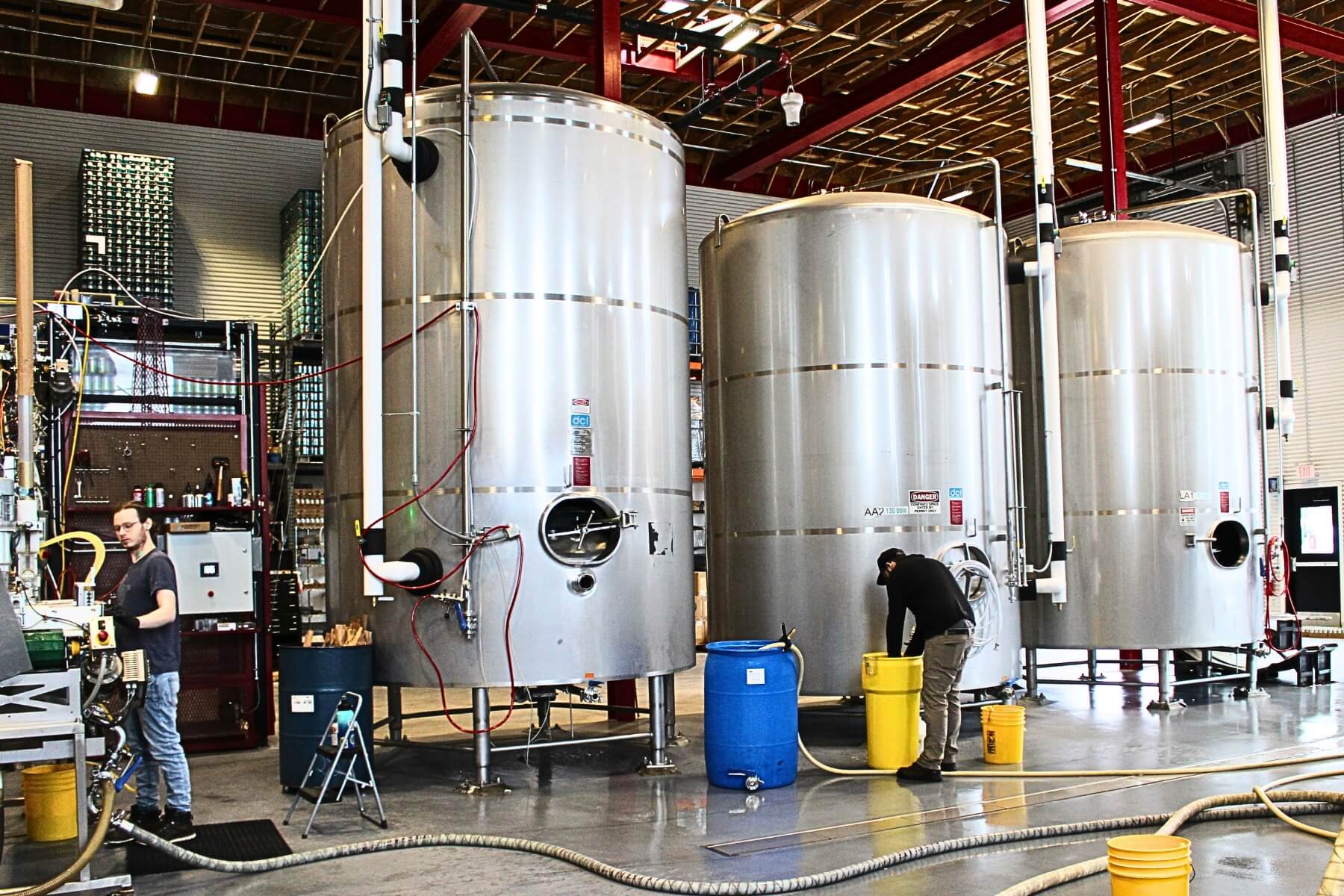All leaks in any part of your pluming system whether clean water or sanitary wastes are damaging to your home, possibly unhealthy and a waste of resources.
If drain lines are leaking they are both a health and structural hazard. Typically these types of leaks are best left to an experienced person to repair. These leaks can be manifested by anything from dampness and discoloration to line breaks that spew waste every time a fixture is used.
Clean water (aka domestic water) can manifest itself from drips due to corrosion or bad faucet seals/washes all the way to constant squirting water from a break in a line or fixture/faucet.
When domestic water is spurting, try to find the shutoff valve below the fixture on or near the wall. Turn the handle to the right (clockwise) to shut the source of water. If there is no fixture shutoff valve there will at least be a service valve where the water supply enters the home at the wall, again shut it off by turning clockwise.
Once the water is shutoff, drain the piping to the point that water is no longer leaking. Then dry up the areas affected and use dehumidifiers and fans to assure no mold builds.
If you are handy you may wish to replace the washer or the seal in a faucet. If the leak is a broken pipe or spot of corrosion you may attempt the repair either by soldering/brazing or by using a mechanical device such as a clamp. However, if this is beyond you, again summon professional help.
The leaks discussed above are all the obvious ones from the drip drip drip of the faucet or showerhead to the gusher of a broken waterline or waste line. However there are leaks that do no damage but do waste water resources… these happen to be within your toilet and they are the ones that make “squishy” type noises within the flush tank, These can be caused by a faulty water float valve or ball, a water level set too high that it is flowing down the overflow tube.
These leaks can typically be resolved by taking off the tank top (set it on the floor so it cannot fall and break) and observing the flush operation a few times. If you feel you can adjust the float level or put the bleed tube back in the overflow go ahead… Just be mindful that plastic fill valves are a bit brittle and cannot be bent excessively.
If you think you need a new fill valve assembly, close the shutoff valve, loosen the nut below the tank that holds the fill valve and drain into a large plastic container (2t gallons). Complete removal, install new, tighten the large nut and reconnect the water supply. Double check all alignments, tighten the nuts and then turn the water back on. Adjust the leaks and hopefully the water waster will be fixed.
For more information about plumbing and other services that IFS offers, call 636-680-2100 today!










